Home>Furniture & Design>Interior Design Trends>What Is Impact Glass
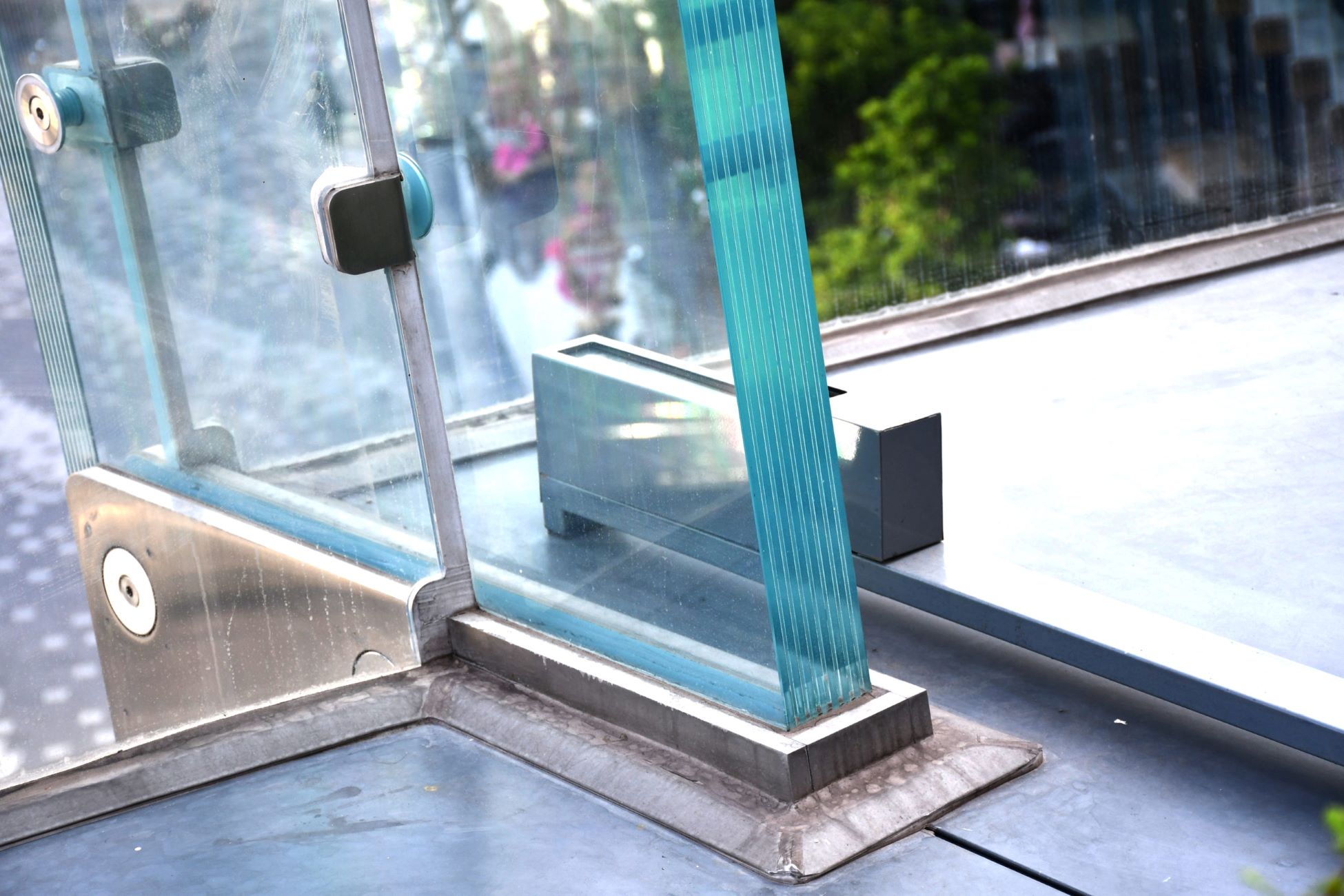

Interior Design Trends
What Is Impact Glass
Published: February 7, 2024
Discover the latest interior design trends with impact glass. Enhance your space with stylish and durable impact glass solutions.
(Many of the links in this article redirect to a specific reviewed product. Your purchase of these products through affiliate links helps to generate commission for Storables.com, at no extra cost. Learn more)
Introduction
Impact glass, also known as hurricane-resistant or stormproof glass, is a specialized type of glass designed to withstand high-velocity impacts and extreme weather conditions. This remarkable material has revolutionized the way we approach building design and safety, particularly in areas prone to hurricanes, tornadoes, and severe storms. Its ability to provide protection against flying debris and strong winds has made it an indispensable feature in modern construction, offering peace of mind to homeowners and businesses in vulnerable regions.
The development of impact glass represents a significant advancement in architectural and engineering technology, addressing the need for enhanced structural resilience in the face of natural disasters. By incorporating impact glass into building designs, architects and engineers can mitigate the potential damage caused by severe weather events, safeguarding both property and human lives.
This innovative glass solution has gained widespread recognition for its exceptional durability and protective capabilities, making it a sought-after feature in residential, commercial, and institutional buildings. Its growing popularity reflects the increasing awareness of the importance of fortifying structures against the destructive forces of nature, underscoring the pivotal role of impact glass in modern construction practices.
As we delve deeper into the composition, manufacturing process, properties, and applications of impact glass, it becomes evident that this material represents a pivotal advancement in the pursuit of safety and resilience in the built environment. Its unique characteristics and practical benefits make it a valuable asset in the realm of architectural innovation and disaster preparedness.
The subsequent sections will provide a comprehensive exploration of impact glass, shedding light on its composition, manufacturing techniques, properties, applications, and the myriad benefits it offers to individuals, businesses, and communities at large. Through this exploration, we aim to unravel the multifaceted nature of impact glass and its profound impact on the realms of architecture, construction, and safety.
Key Takeaways:
- Impact glass is a super strong material made of layers of tempered glass and a special interlayer. It protects buildings from hurricanes and flying debris, keeping people and property safe during extreme weather.
- Impact glass is like a superhero for buildings, offering benefits like safety, cost savings, and peace of mind. It’s used in windows, doors, and even skylights to make buildings strong and resilient.
Read more: What Is An Impact Printer
Composition of Impact Glass
Impact glass is engineered using a combination of specialized materials to enhance its strength and resilience, making it uniquely suited to withstand extreme weather conditions and high-velocity impacts. The composition of impact glass typically includes multiple layers of glass bonded with an interlayer made of polyvinyl butyral (PVB) or ethylene-vinyl acetate (EVA). This multi-layered structure is fundamental to the exceptional durability and protective properties of impact glass.
The outer layers of the impact glass are crafted from tempered glass, renowned for its enhanced strength and resistance to breakage. Tempering involves subjecting the glass to high heat followed by rapid cooling, resulting in increased toughness and the ability to withstand significant force without shattering. This tempered glass serves as the primary barrier against impact, providing a robust defense against flying debris and other hazards during severe weather events.
The inner layer, composed of PVB or EVA, plays a crucial role in reinforcing the structural integrity of the impact glass. This interlayer is specifically engineered to absorb and dissipate energy upon impact, effectively minimizing the risk of penetration and maintaining the overall integrity of the glass. In the event of a high-velocity impact, the interlayer acts as a resilient cushion, preventing the glass from breaking into hazardous shards and ensuring that the structural barrier remains intact.
The combination of tempered glass and the specialized interlayer results in a composite material that exhibits remarkable resistance to impact, making it an invaluable asset in fortifying buildings against the destructive forces of nature. This carefully engineered composition enables impact glass to provide a reliable shield against windborne debris, safeguarding occupants and property from potential harm during hurricanes, tornadoes, and other severe weather phenomena.
The meticulous selection and integration of these materials underscore the meticulous engineering behind impact glass, emphasizing its role as a pivotal element in the realm of architectural safety and resilience. This composition, characterized by its robustness and protective capabilities, positions impact glass as a cornerstone of modern building design, offering a compelling solution for enhancing structural durability and mitigating the impact of natural disasters.
How Impact Glass is Made
The manufacturing process of impact glass involves a series of intricate steps aimed at creating a resilient and durable material capable of withstanding high-velocity impacts and extreme weather conditions. This meticulous process begins with the careful selection of high-quality raw materials, setting the foundation for the production of impact-resistant glass that meets stringent safety standards.
The first stage of manufacturing involves the preparation of tempered glass, a critical component of impact glass renowned for its exceptional strength and resistance to breakage. To achieve the desired level of durability, sheets of glass are subjected to a process known as tempering, which involves heating the glass to high temperatures followed by rapid cooling. This thermal treatment induces internal stresses within the glass, enhancing its toughness and making it more resistant to impact and mechanical stress.
Simultaneously, the specialized interlayer, typically made of polyvinyl butyral (PVB) or ethylene-vinyl acetate (EVA), is meticulously prepared to ensure optimal performance in the final product. This interlayer serves as a crucial element in the impact glass assembly, providing energy absorption and reinforcement to mitigate the effects of high-velocity impacts.
The next phase involves the precise assembly of the tempered glass and interlayer, forming a multi-layered composite structure that embodies the resilience and protective capabilities of impact glass. The layers are carefully bonded together using advanced lamination techniques, ensuring a strong and cohesive union that maximizes the overall strength and integrity of the glass assembly.
Once the layers are securely fused, the assembled glass undergoes a rigorous quality control process to verify its adherence to stringent safety and performance standards. This meticulous assessment encompasses various factors, including impact resistance, optical clarity, and structural integrity, to guarantee that the impact glass meets the exacting requirements for withstanding severe weather conditions and high-velocity impacts.
Upon successful completion of the quality control phase, the impact glass is ready for deployment in a diverse range of architectural applications, where it serves as a reliable safeguard against the destructive forces of nature. The precision and expertise invested in the manufacturing process underscore the pivotal role of impact glass in enhancing structural resilience and fortifying buildings against the perils of natural disasters.
The culmination of these manufacturing efforts yields impact glass that embodies the fusion of advanced engineering, superior materials, and uncompromising quality, offering a formidable defense against the formidable forces of nature. This process reflects the dedication to safety and innovation, positioning impact glass as an indispensable asset in the pursuit of architectural durability and disaster preparedness.
Properties of Impact Glass
Impact glass exhibits a diverse array of properties that collectively contribute to its exceptional resilience, protective capabilities, and suitability for withstanding high-velocity impacts and extreme weather conditions. These properties, which encompass structural integrity, energy absorption, and optical clarity, underscore the remarkable attributes that define impact glass as a pivotal element in architectural safety and disaster preparedness.
1. Structural Integrity: The foremost property of impact glass is its unparalleled structural integrity, stemming from the combination of tempered glass and a specialized interlayer. This composite structure endows impact glass with remarkable strength, enabling it to withstand powerful impacts without compromising its overall integrity. The tempered glass outer layers provide robust protection, while the interlayer serves as a resilient cushion, ensuring that the glass remains intact even when subjected to significant force.
2. Energy Absorption: Another key property of impact glass is its ability to absorb and dissipate energy upon impact. The interlayer, typically composed of polyvinyl butyral (PVB) or ethylene-vinyl acetate (EVA), plays a crucial role in mitigating the effects of high-velocity impacts by effectively absorbing and dispersing kinetic energy. This energy absorption mechanism minimizes the risk of penetration and maintains the structural barrier, enhancing the overall protective capabilities of impact glass.
3. Optical Clarity: Despite its robust composition, impact glass offers exceptional optical clarity, ensuring that natural light permeates through the material without compromising visibility or aesthetic appeal. This property is particularly significant in architectural applications, where impact glass serves as a protective barrier without obstructing views or diminishing the visual transparency of building facades.
4. Resistance to Debris: Impact glass exhibits remarkable resistance to windborne debris, making it an invaluable asset in regions prone to hurricanes, tornadoes, and severe storms. Its ability to withstand the impact of flying objects, such as branches, debris, and other projectiles propelled by strong winds, underscores its role as a reliable shield against the destructive forces of nature.
5. UV Protection: Additionally, impact glass often incorporates UV-resistant properties, providing a safeguard against the harmful effects of ultraviolet radiation. This feature contributes to the longevity of interior furnishings and materials by minimizing UV-induced fading and degradation, further enhancing the practical benefits of impact glass in architectural settings.
The culmination of these properties positions impact glass as a versatile and indispensable material in the realm of architectural safety and resilience. Its unique combination of strength, energy absorption, optical clarity, resistance to debris, and UV protection underscores its multifaceted nature, making it a compelling solution for fortifying buildings against the perils of natural disasters.
Applications of Impact Glass
Impact glass finds a diverse range of applications across residential, commercial, and institutional settings, where its exceptional resilience and protective properties make it an invaluable asset in fortifying buildings against the perils of natural disasters. The versatility of impact glass extends to various architectural elements, offering a compelling solution for enhancing structural durability and safeguarding occupants and property in vulnerable regions.
Read more: What Is Impact Resistant Roof
1. Windows and Doors
One of the primary applications of impact glass is in the construction of hurricane-resistant windows and doors. By integrating impact glass into window and door systems, architects and builders can create robust barriers that effectively shield interiors from windborne debris and extreme weather conditions. Impact-resistant windows and doors play a pivotal role in mitigating the risk of structural damage and protecting occupants during hurricanes, tornadoes, and severe storms.
2. Skylights and Glass Roofs
In architectural designs that incorporate natural light and expansive views, impact glass is utilized in skylights and glass roofs to provide both aesthetic appeal and structural resilience. These applications enable the infusion of natural light into interior spaces while ensuring that the building envelope remains fortified against potential impact from airborne debris and adverse weather events.
3. Curtain Walls and Facades
The use of impact glass in curtain walls and building facades enhances the visual transparency and architectural appeal of structures while providing a robust defense against high-velocity impacts. This application is particularly significant in urban environments and commercial developments, where the integration of impact glass contributes to both safety and aesthetic considerations, creating a harmonious balance between structural resilience and design excellence.
4. Glass Partitions and Balustrades
Within interior spaces, impact glass is employed in glass partitions and balustrades to promote an open and spacious environment while ensuring the safety and security of occupants. These applications offer a seamless blend of transparency and protection, allowing natural light to permeate through spaces while establishing durable barriers that withstand potential impacts and contribute to the overall structural integrity of the building.
5. Institutional and Commercial Buildings
In institutional and commercial settings, such as schools, hospitals, and office complexes, impact glass serves as a fundamental element in ensuring the safety and well-being of occupants. Its deployment in these environments reinforces the resilience of the built infrastructure, providing a reliable defense against natural disasters and enhancing the overall preparedness of these critical facilities.
The widespread applications of impact glass underscore its indispensable role in modern construction practices, offering a comprehensive solution for fortifying buildings against the formidable forces of nature. By integrating impact glass into architectural designs, stakeholders can effectively enhance the safety, durability, and resilience of structures, thereby contributing to the creation of secure and sustainable built environments.
Benefits of Impact Glass
Impact glass offers a myriad of compelling benefits that significantly contribute to the safety, resilience, and longevity of buildings in regions prone to severe weather events. These benefits encompass both practical advantages and peace of mind for occupants and property owners, positioning impact glass as an indispensable asset in modern construction practices.
-
Enhanced Safety and Protection: The foremost benefit of impact glass lies in its ability to provide enhanced safety and protection against high-velocity impacts and windborne debris. By fortifying windows, doors, and other architectural elements with impact glass, buildings are equipped to withstand the destructive forces of hurricanes, tornadoes, and severe storms, safeguarding occupants and interior spaces from potential harm.
-
Mitigation of Property Damage: Impact glass plays a pivotal role in mitigating property damage by minimizing the risk of structural compromise during extreme weather events. Its resilience against impact reduces the likelihood of shattered glass and breach points, thereby preserving the integrity of buildings and mitigating the need for extensive repairs and replacements.
-
Long-Term Cost Savings: The durability and longevity of impact glass contribute to long-term cost savings for property owners. By minimizing the need for frequent replacements and repairs, impact glass offers a sustainable solution that reduces maintenance expenses and enhances the overall economic viability of buildings in vulnerable regions.
-
Energy Efficiency: Impact glass often incorporates energy-efficient properties, such as thermal insulation and UV protection, contributing to reduced energy consumption and enhanced indoor comfort. This benefit not only promotes environmental sustainability but also translates into lower utility costs for building occupants, making impact glass a valuable investment in energy-efficient building design.
-
Noise Reduction: The sound-dampening properties of impact glass contribute to a quieter and more peaceful indoor environment, shielding occupants from external noise pollution. This benefit is particularly significant in urban settings and high-traffic areas, where impact glass serves as a reliable barrier against disruptive sounds, promoting a tranquil and comfortable living or working environment.
-
Insurance Premium Reduction: Buildings equipped with impact glass may qualify for reduced insurance premiums, reflecting the lower risk of damage and the enhanced safety measures implemented through the integration of hurricane-resistant materials. This financial benefit further underscores the value of impact glass as a proactive risk management strategy for property owners.
-
Preservation of Interior Furnishings: The UV-resistant properties of impact glass contribute to the preservation of interior furnishings, artworks, and materials by minimizing the harmful effects of ultraviolet radiation. This benefit extends the lifespan of interior elements, maintaining their aesthetic appeal and value over time.
-
Peace of Mind: Perhaps the most intangible yet invaluable benefit of impact glass is the peace of mind it offers to occupants and property owners. Knowing that their buildings are fortified with a reliable defense against natural disasters instills a sense of security and confidence, fostering a greater sense of well-being and resilience in the face of potential hazards.
In essence, the benefits of impact glass encompass a comprehensive spectrum of advantages, ranging from tangible safety and financial considerations to intangible yet profound peace of mind. By embracing these benefits, stakeholders can effectively enhance the safety, durability, and sustainability of buildings, thereby contributing to the creation of secure and resilient built environments.
When looking for impact glass, make sure to check for the impact resistance rating, which indicates how well the glass can withstand force from things like wind, debris, and potential break-ins.
Conclusion
In conclusion, the advent of impact glass represents a transformative milestone in the realm of architectural safety and resilience. This specialized material, engineered to withstand high-velocity impacts and extreme weather conditions, has redefined the approach to building design, offering a comprehensive solution for fortifying structures against the formidable forces of nature. The composition, manufacturing process, properties, applications, and benefits of impact glass collectively underscore its pivotal role in modern construction practices, emphasizing its profound impact on the realms of architecture, safety, and disaster preparedness.
The composition of impact glass, characterized by its multi-layered structure comprising tempered glass and a specialized interlayer, forms the foundation of its exceptional durability and protective capabilities. This carefully engineered composition enables impact glass to provide a reliable shield against windborne debris, safeguarding occupants and property from potential harm during hurricanes, tornadoes, and other severe weather phenomena.
The meticulous manufacturing process of impact glass, involving the precise assembly of tempered glass and the specialized interlayer, reflects the dedication to safety and innovation. The rigorous quality control measures ensure that impact glass meets stringent safety and performance standards, guaranteeing its ability to withstand severe weather conditions and high-velocity impacts.
The diverse array of properties exhibited by impact glass, including structural integrity, energy absorption, optical clarity, resistance to debris, and UV protection, collectively position it as a versatile and indispensable material in the realm of architectural safety and resilience. These properties underscore the multifaceted nature of impact glass, making it a compelling solution for fortifying buildings against the perils of natural disasters.
The widespread applications of impact glass across residential, commercial, and institutional settings highlight its versatility and adaptability in diverse architectural contexts. By integrating impact glass into architectural designs, stakeholders can effectively enhance the safety, durability, and resilience of structures, thereby contributing to the creation of secure and sustainable built environments.
The myriad benefits of impact glass, ranging from enhanced safety and protection to long-term cost savings and peace of mind, underscore its significance as an invaluable asset in modern construction practices. By embracing these benefits, stakeholders can effectively enhance the safety, durability, and sustainability of buildings, thereby contributing to the creation of secure and resilient built environments.
In essence, the profound impact of impact glass transcends its physical attributes, encompassing a holistic approach to architectural safety and disaster preparedness. Its integration into building designs represents a proactive stance towards mitigating the risks posed by natural disasters, fostering a greater sense of security, confidence, and resilience among occupants and property owners. As the demand for resilient and sustainable building solutions continues to grow, impact glass stands as a testament to the enduring pursuit of safety and innovation in the built environment.
Frequently Asked Questions about What Is Impact Glass
Was this page helpful?
At Storables.com, we guarantee accurate and reliable information. Our content, validated by Expert Board Contributors, is crafted following stringent Editorial Policies. We're committed to providing you with well-researched, expert-backed insights for all your informational needs.

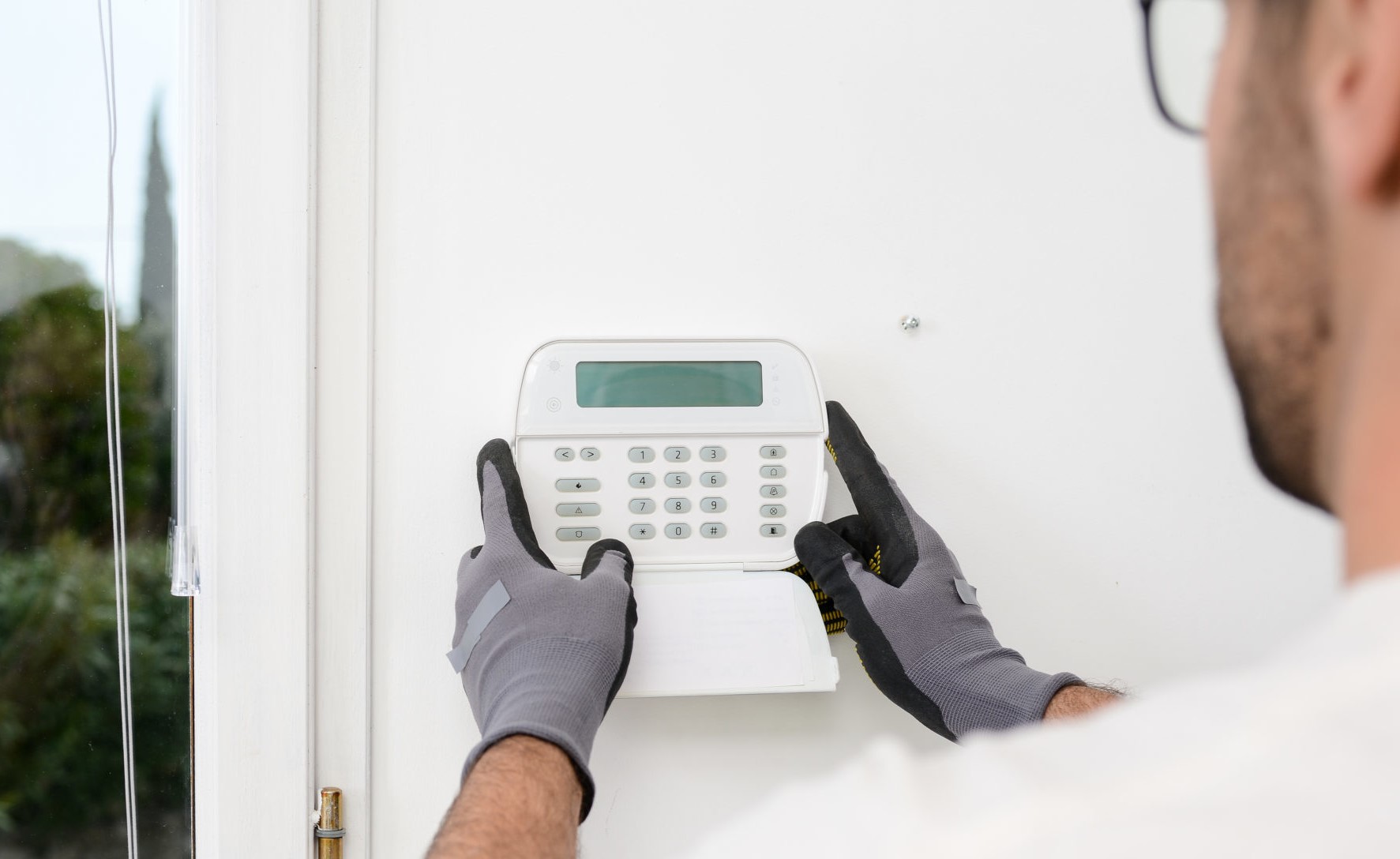


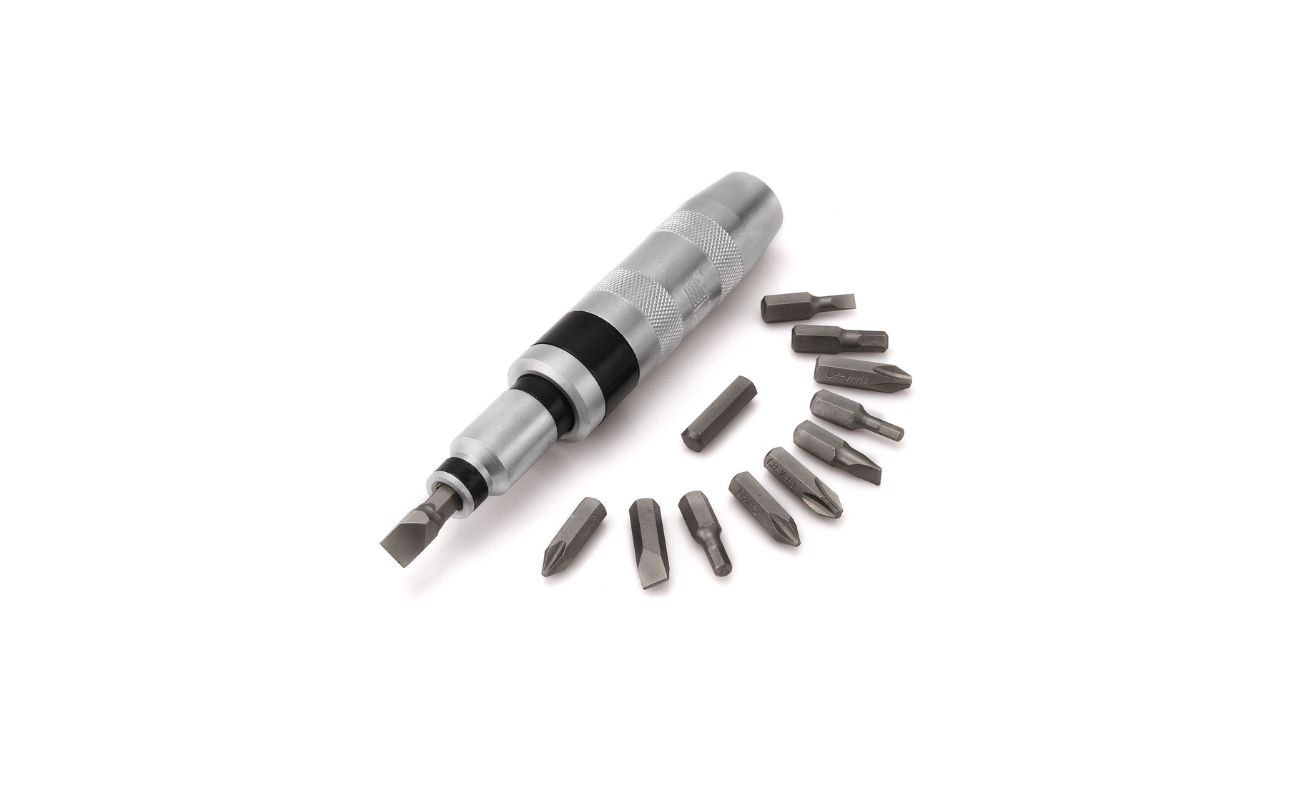



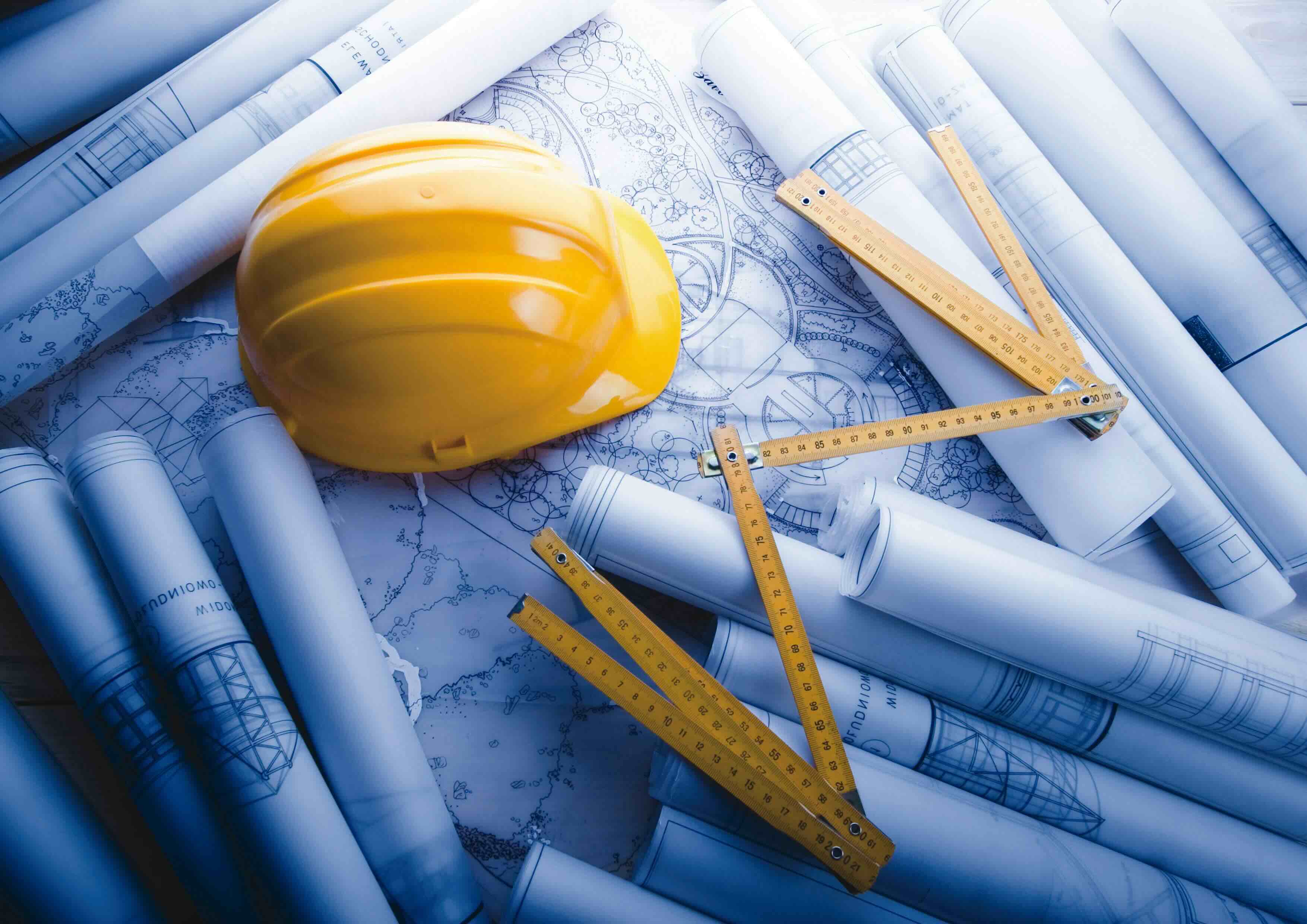
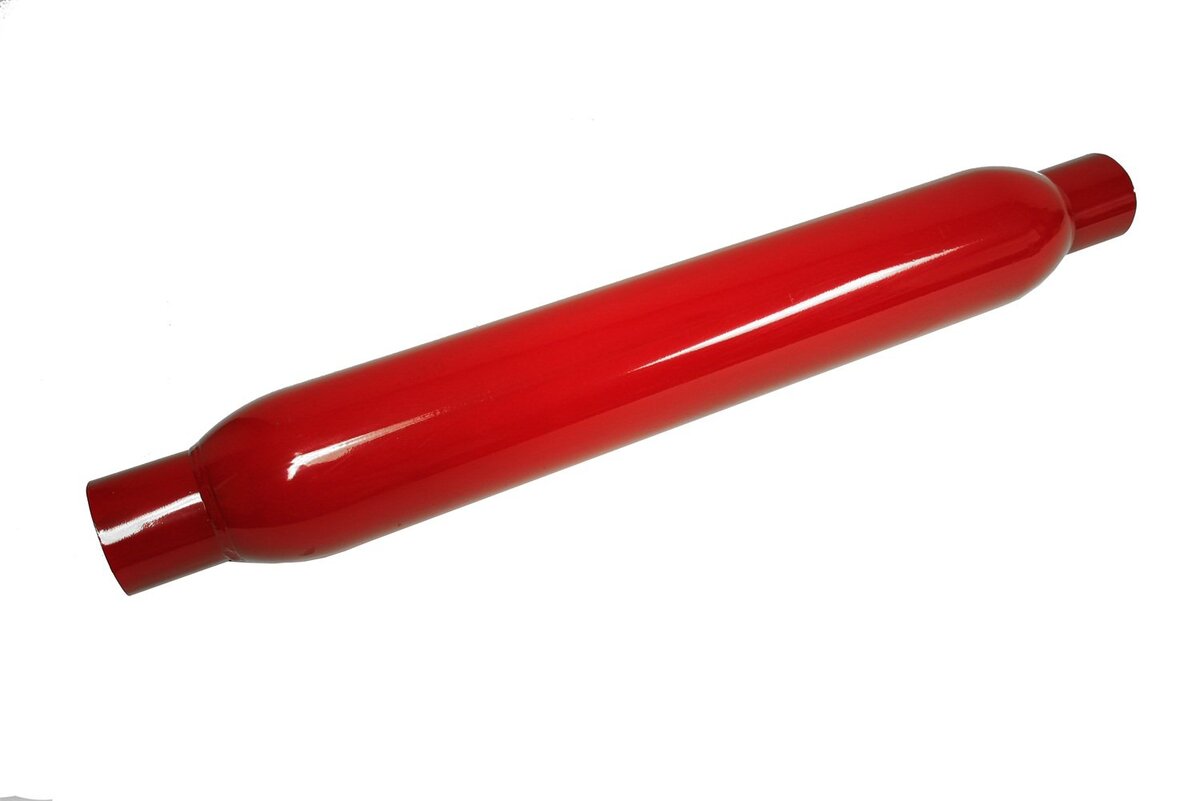

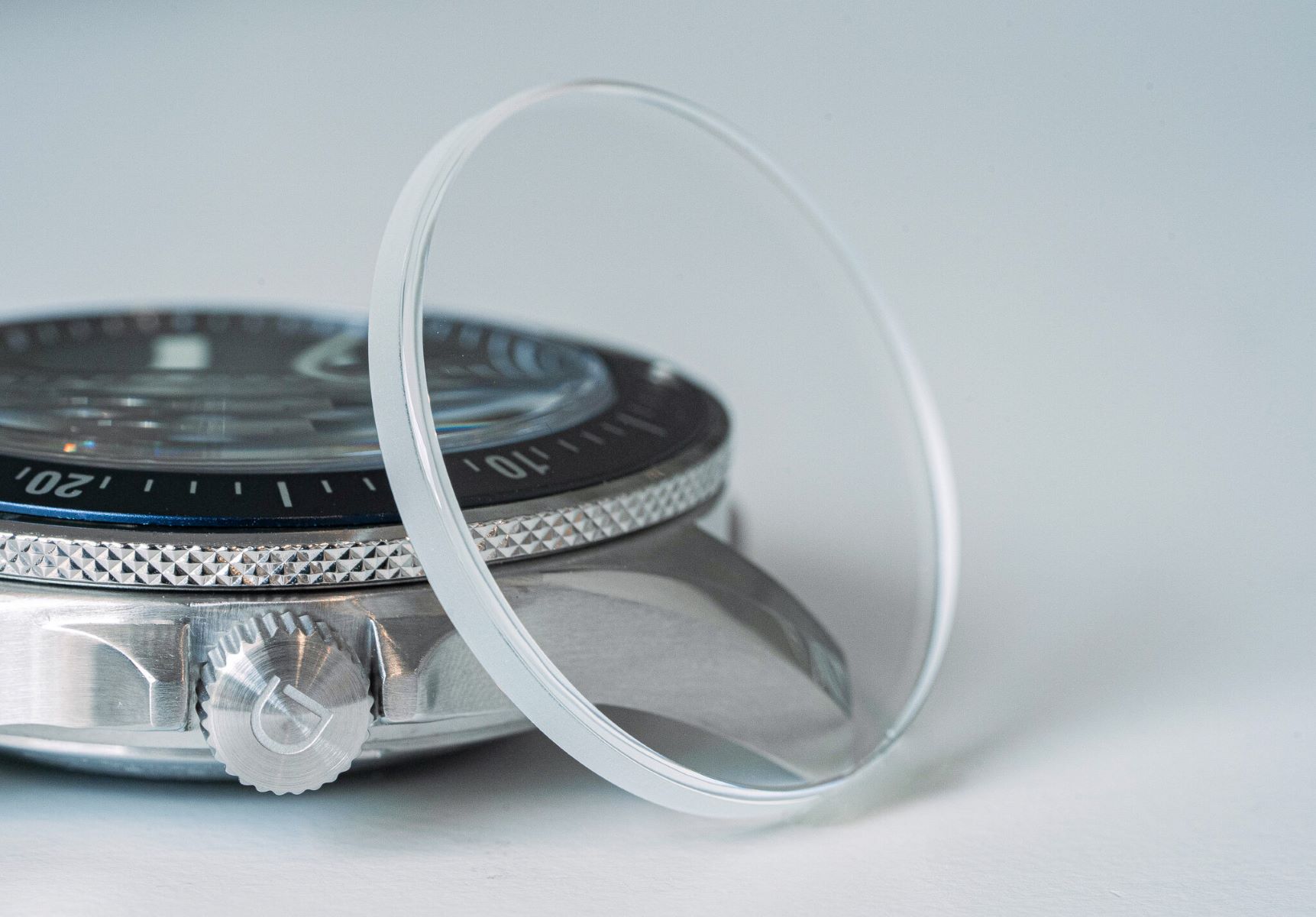
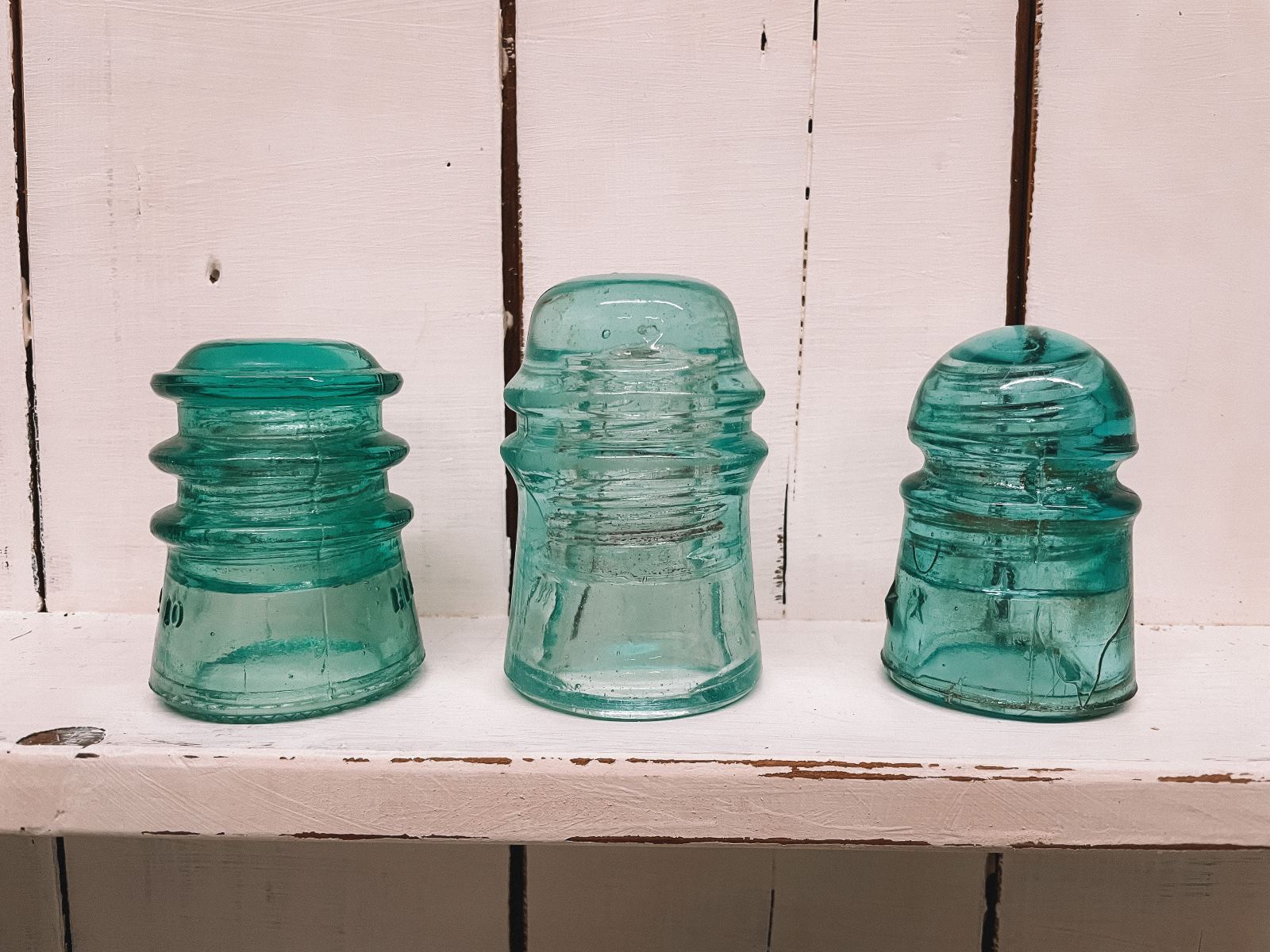

0 thoughts on “What Is Impact Glass”